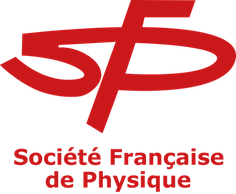Orateur
Description
A platform was implemented on ARRONAX to perform non-destructive materials analysis with X rays emission induced by high energy beams (HEPIXE). The HEPIXE has already been used to analyze geological samples and thick objects such as old paintings and coins in the field of art.
One of the benefits of HEPIXE is the significant increase of the K-lines X-ray production cross-sections of medium and heavy elements with respect to those of lower energy protons. This makes possible the identification of these elements with K-X rays. HEPIXE is adapted for the analysis of thick targets particularly if the bulk composition is different from the composition of the surface.
The knowledge of the K-Shell ionization cross sections is necessary to perform quantitative analysis with PIXE. Currently, experimental data available at high energy are scarce.
An experimental campaign has been conducted at the ARRONAX cyclotron to measure the K-X ray production cross-sections of titanium, copper and silver atoms in a wide energy range from 30 MeV to 68 MeV.
The parameters of the experimental devices such as the detector efficiency, the beam intensity, and the targets thicknesses, have been characterized accurately in order to obtain precise measurements. Special care has been made to select the most accurate K-shell fluorescence yields from the literature data, in order to convert the K X-ray production cross sections to the K shell ionization cross section.
We will present, a review of the theoretical model RECPSSR, followed by a description of our experiment (beam, detector, and target). The outcomes of the experiment will be compared with the existing data and the theoretical predictions of model.

